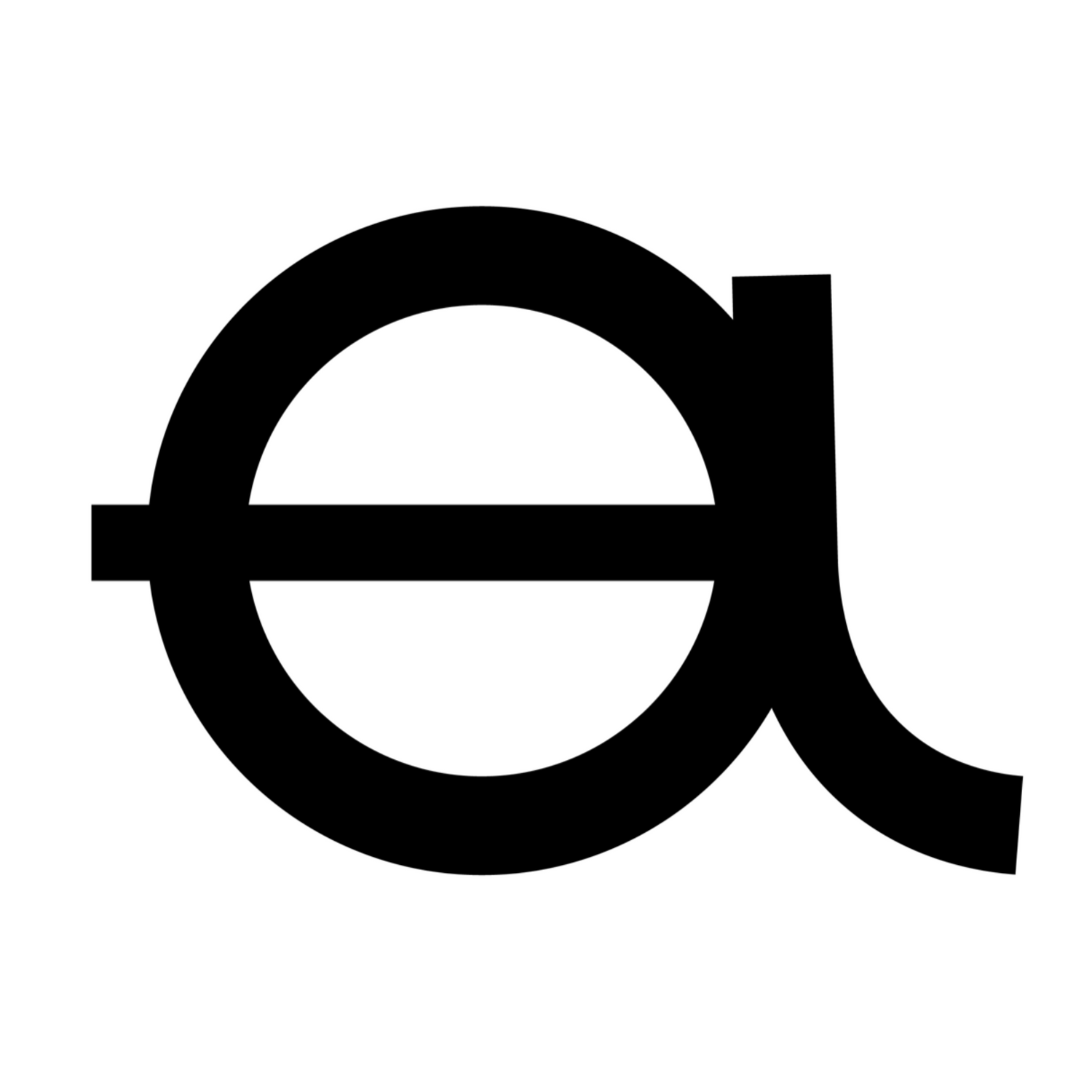
What happened to "Henry"? The story of our first automated film developer.
Share
What happened to "Henry"? The story of our first automated film developer.
If you’ve searched our site for a product called "Henry" in the last few years, you probably came up empty. You’re not imagining it. "Henry" was real. In fact, it was one of the very first products Antonio and I ever designed and built as Ausgeknipst.
This is the story of that machine, why it disappeared, and why we’re suddenly talking about it again.
The Problem: Leaks, Bubbles, and Boredom
Back in the beginning, we were facing the same problems as many of you. First, the classic Paterson (System 4) tank lids. They just... leak. Second, the sheer nuisance of manual agitation. Standing there, twisting a stirrer, especially for long C-41 or B/W development times, is tedious. It's also inconsistent.
We weren't an e-commerce shop; we were (and are) engineers. Our instinct isn't to buy a solution, it's to build one. We wanted a simple, set-it-and-forget-it device that would automate the rotation, give us fewer bubbles, and clearer negatives.
So, we built Henry. This video shows a demo of an early prototype:
The Solution: Henry 1.0 (The "Maker" Days)
Henry was a simple, effective rotator. It fit onto a standard Paterson tank and automatically spun the stirrer. It had a variable speed knob, an internal rechargeable battery that lasted over two hours, and a simple battery-level indicator. It was perfect for pairing with a temperature control unit like the Cinestil TCS-1000 for at-home C-41.
We sold over 100 of them. The feedback was great, and people liked it.
But here’s the "radically transparent" part you've come to expect from us: Henry 1.0 was a product of our "maker" phase.
If you opened one up, you wouldn't find the clean, custom-engineered PCBs you see in our products today. You'd find:
- An off-the-shelf Arduino
- A generic motor
- A lot of hand-soldered wires
- Some (admittedly badly-written, but functional) code that we flashed onto each Arduino using a custom-built programming jig.
A look inside our first Henry:

The Bottleneck: Why We Stopped
The problem wasn't the idea; it was the execution. Henry worked, but it was a nightmare to build.
Every single unit was a tedious, manual assembly process. Sourcing all those different off-the-shelf parts was a constant challenge, and the time we spent soldering was time we couldn't spend designing the new solutions you see in our shop today (like our battery adapters and custom parts).
We were inexperienced, and Henry was too complex for our tiny two-person team. We had to make a tough call: pour all our resources into advancing this one complex project, or focus on the other precision parts the community was asking for. We chose to focus.
The Future: Should Henry 2.0 Exist?
That was then. This is now.
Years later, we're a very different company. Our engineering skills are light-years ahead. We design our own custom PCBs from scratch. We have a streamlined manufacturing process. We know a lot more about sourcing and assembly than we did back then.
A "Henry 2.0" wouldn't be a tangle of wires. It could be a sleek, reliable, and purpose-built machine, probably designed around a single custom PCB. It would be easier to build, more reliable, and likely have modern features (like USB-C charging, for starters).
This brings us to the real reason for this post. We are, as always, your outsourced R&D department. We build what the community needs. The only reason to bring Henry back is if you want it.
So, we’re asking.
Did you have an original Henry? Do you wish you had one? Would an updated "Henry 2.0" solve a real problem for your at-home developing?
Let us know in the comments below. Tell us your thoughts, what features it would need to have, and whether this is a problem still worth solving. You tell us what to build next.


